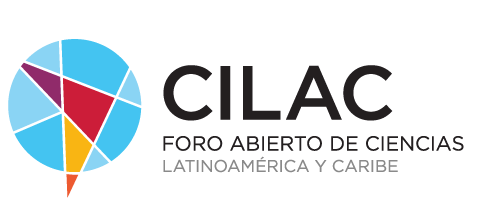It was at the end of the 18th century that it was discovered that living beings absorb oxygen and expel carbon dioxide. This conversion revealed that organisms burn food to release the energy needed to sustain life; this is what we now know as cellular respiration. The first phase of cellular respiration (glycolysis) takes place in the cytoplasm of cells, the second in the mitochondria, and is known as the citric acid cycle or tricarboxylic acid cycle. This cycle is catalyzed by various enzymes and is also named after the scientist who first described it: Krebs. Hans Krebs (1900-1981) was born in Hildesheim, near Hanover, in northern Germany. His family was of Jewish origin, both on his mother's and father's side, although they had been estranged from the religious practice of Judaism for generations. In 1932, Krebs, along with Kurt Henseleit, discovered the urea cycle, which revealed the transformations that ammonium undergoes in the liver until it becomes urea. This is one of the key routes of cellular detoxification, through which toxic substances produced during metabolism are eliminated. In January 1933, with the rise to power of the National Socialist Party, a violent anti-Semitic campaign began in Germany, prohibiting people of Jewish descent from joining university staff and research centers. For this reason, in April of that year, Krebs was expelled from the University of Freiburg. In July, the Rockefeller Foundation awarded him a scholarship to continue his research in England. The Nazi authorities authorized his departure, but placed limits on the money he could take out of the country—ten marks—and on the belongings he could take with him. Krebs traveled to the United Kingdom with sixteen trunks loaded with manometers and scientific instruments that would be essential for his future experiments. Nobel Prize winner and Sir On the other side of the English Channel, together with his assistant William A. Johnson , the German began to investigate the mechanisms of cellular respiration by which cells consume oxygen to produce energy in the process of glucose degradation. Thanks to his work, he was able to identify, some time later, the cascade of chemical reactions through which the transformation of fats, proteins and carbohydrates into the energy used by cells - ATP - takes place. A cycle that is fundamental to life and that takes place in the mitochondria of all aerobic cells: the Krebs cycle. Its identification had an enormous impact on the scientific community and was the basis for the progress of Biochemistry and Cell Biology during the 40s and 50s of the last century. For this discovery, Hans Krebs received the 1953 Nobel Prize in Physiology or Medicine. Five years later, the German, a reserved and quiet man, was knighted by Queen Elizabeth II. In 2015, his family auctioned the Nobel Prize medal for 225,000 pounds, with which they founded the Sir Hans Krebs Trust, a foundation that provides funding for doctoral students in the biomedical field and helps chemists who have had to flee their home countries. MORE INFORMATION They manage to modify the bonds between atoms in a molecule for the first time. A huge milky sea, sighted from a yacht for the first time. Curiously, Hans Krebs was also the name of one of Hitler's most trusted generals and the one in charge, after the Führer's suicide, of negotiating a peace treaty with the Soviet forces besieging Berlin. And as Charles Chaplin said, "Looked at closely, life is a tragedy, but seen from a distance, it seems like a comedy." ABOUT THE AUTHOR Pedro Gargantilla Internal medicine physician at El Escorial Hospital (Madrid) and author of several popular science books.
